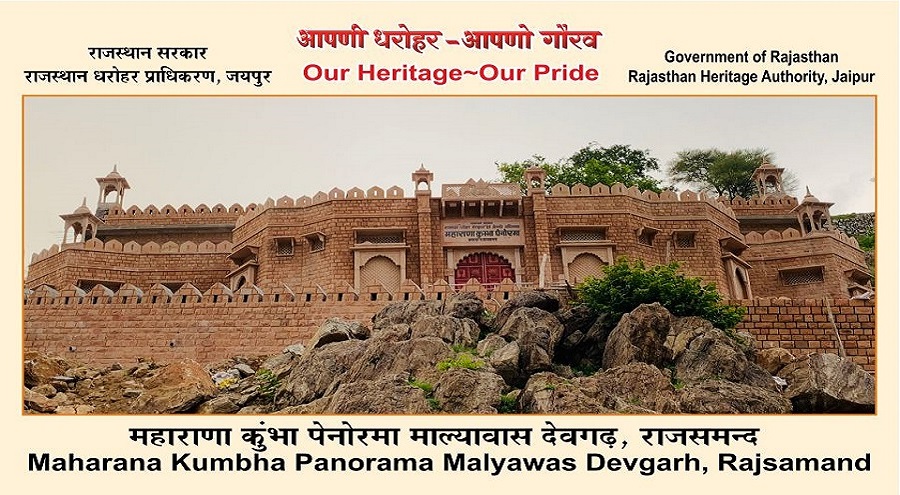
Maharana Kumbha Panorama in Rajsamand
The Maharana Kumbha Panorama in Rajsamand, Rajasthan, is a tribute to one of the most illustrious rulers of the Mewar dynasty. Maharana Kumbha, who reigned from 1433 to 1468, is celebrated for his contributions to architecture, administration, and military strategy. This panoramic exhibition offers a deep dive into his achievements and the rich history of his reign.
Who Was Maharana Kumbha?
Maharana Kumbha was a prominent Rajput king known for his military prowess, architectural innovation, and patronage of arts and culture. His reign is marked by significant victories against the Bahmani Sultanate, extensive fortification of Mewar, and the construction of grand architectural marvels, including several forts and temples. Maharana Kumbha is also remembered for his role in strengthening the Mewar kingdom and preserving Rajput heritage.
What is the Maharana Kumbha Panorama?
The Maharana Kumbha Panorama is a comprehensive exhibition dedicated to showcasing the life and legacy of Maharana Kumbha. Here’s what visitors can expect from this panoramic experience:
Historical Exhibits: The panorama features detailed displays that cover various aspects of Maharana Kumbha’s reign. This includes artifacts, documents, and historical records that illustrate his contributions to the Mewar kingdom.
Architectural Models: Given Maharana Kumbha’s significant architectural achievements, the panorama includes detailed models and visual representations of the forts, temples, and palaces he commissioned. These models offer insights into the architectural style and ingenuity of his era.
Artistic Depictions: The exhibition includes murals, sculptures, and dioramas that vividly depict key events from Maharana Kumbha’s life, such as his military campaigns and architectural projects. These artistic elements provide a dramatic and engaging portrayal of his achievements.
Interactive Displays: Interactive sections may include multimedia presentations and digital reconstructions that allow visitors to explore Maharana Kumbha’s reign in a dynamic way. These displays often feature audio-visual aids to enhance the learning experience.
Educational Resources: The panorama offers educational materials and guided tours that provide deeper insights into the historical context of Maharana Kumbha’s rule. This helps visitors understand the broader impact of his leadership on Rajput history.
Visiting the Maharana Kumbha Panorama
For an enriching visit to the Maharana Kumbha Panorama in Rajsamand, consider the following tips:
Accessibility: Rajsamand is well-connected by road and rail from major cities in Rajasthan. The panorama is centrally located within the town, making it easy to reach. Local transportation options and guides are available to assist visitors.
Best Time to Visit: The best time to visit Rajsamand is from October to March, when the weather is cooler and more comfortable for sightseeing.
Local Insights: Engaging with local historians or guides can provide additional context and depth to the exhibits. They can offer personal insights and a richer understanding of Maharana Kumbha’s legacy.
Nearby Attractions: While in Rajsamand, explore other local attractions such as Rajsamand Lake, known for its scenic beauty, and the historic Kankroli Temple. These sites complement the cultural experience with their own historical and architectural significance.
The Maharana Kumbha Panorama in Rajsamand is a tribute to one of Rajasthan’s most revered rulers. Through its detailed exhibits, architectural models, and interactive displays, the panorama offers a comprehensive and immersive experience of Maharana Kumbha’s life and achievements. A visit to this site not only enhances one’s knowledge of Rajput history but also highlights the enduring legacy of Maharana Kumbha’s contributions to architecture, military strategy, and the cultural heritage of Mewar.
